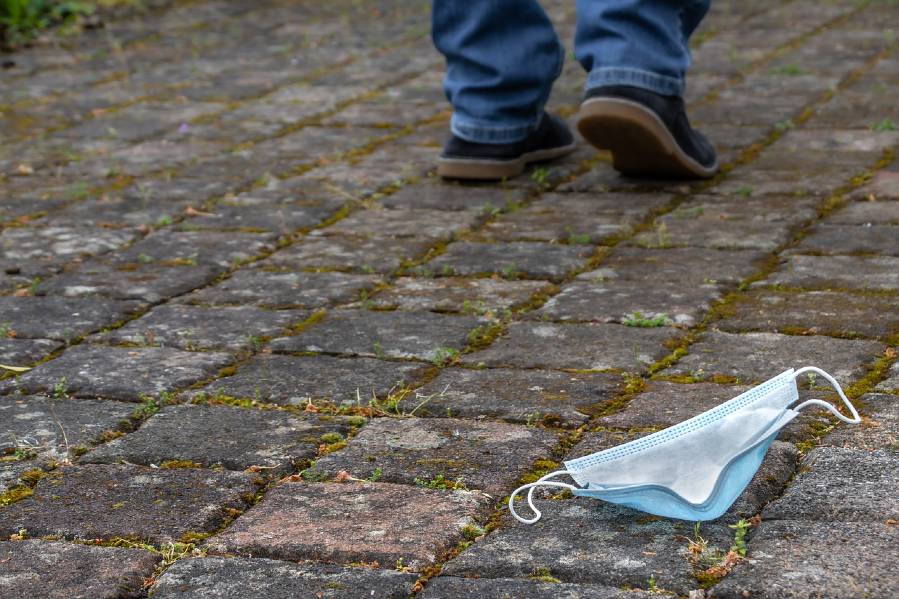The initial reaction to the news of the SARS CoV-2 COVID-19 outbreak was, in a word, predictable: There was immense fear and loathing. Throw in panic too.
Like reaction, coronavirus response also was mixed. Response to the pandemic was all over the place, in fact. It ran the gamut. Everything from intense impulse-buying among consumers for items like toilet paper and disinfectant sprays and wipes, to uncertainty about what to do and whom to listen to in terms of our dealing with and handling this crisis.
Sobering statistics
Sadly, since the first cases of the virus, since it was first discovered on home shores, in the U.S. alone there have been some 600,000 reported confirmed COVID-19-caused deaths. In California, the most populated state, there are now close to 3.7 million total infections, affecting nearly a tenth of all Golden State residents. In the state’s San Joaquin Valley, meanwhile, roughly two-thirds of Fresno County residents have not received even the first dose of the vaccine. Incentive measures have now been put into effect to try to encourage more of the state’s citizenry to, as it were, get with the (vaccination) program! And, in this regard, California isn’t alone.
An aura of relative calm
With the numbers of COVID-19 cases at home dropping significantly since their peak, what with the adherence to health and safety guidelines along with the numbers of those now fully vaccinated, people here, generally, appear to be much more at ease. The tenor of the country overall is more status quo-like, it has the appearance of that of it being in a state of more relative calm, in other words.
Air-quality parallels?
Our response to the COVID crisis in many respects mirrors our treatment of another crisis – in this case polluted air, at least regarding the threat it presented during the 1930s, ‘40s, ‘50s as well as the ‘60s, ‘70s and even on into today. Meuse Valley, Belgium; London, England; and Donora, Pennsylvania, USA – these are all places where deaths at the time could be directly tied to air pollution, instances, incidents that also were deemed crisis situations.
The reaction and response to were immediate and comprehensive. Not only were the so-called “killer-smog” sources identified, but the corresponding solutions were accordingly and summarily found.
There is not a single pollutant located in the air that hasn’t been identified already, nor the sources of such hidden. Which should make eradication of such totally straightforward, at least one would think, here again, presumably, thus being easier than solving the pandemic situation.
The takeaway
Crises come in many forms. Some are successfully resolved (think Ebola outbreaks); others not so much (think Spanish Flu). There are crises that are fleeting and others long-lasting. Their durations are oftentimes determined by the response afforded. Most unfortunately, the COVID-19 crisis appears to have all of the trappings of a devastating circumstance that will be with us for some time still.
Quite similarly, there is the air-pollution crisis. Each year, worldwide, polluted air claims 7 million lives while nine-in-10 across the globe are affected. If that neither defines nor describes crisis, than what does?!
The real question here? Is air of unhealthy, unsafe quality (and its global-warming cousin) being treated as such – that is, as a crisis?
How crises are responded to can make all the difference in the world in terms of whether they are long-lasting or short-lived. The problems of air pollution and the coronavirus pandemic: as world crises, neither, it would appear, have been given the full consideration they deserve.
A most sad commentary, indeed!
– Alan Kandel
Copyrighted material.
